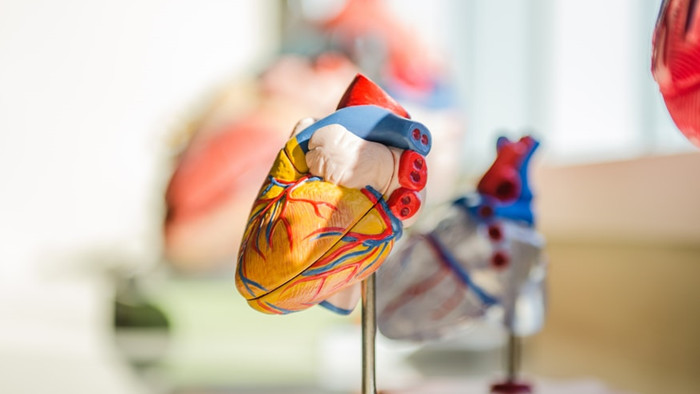Coronary Stent
Coronary Stent – Medical Device Coating – Cheersonic
Coronary heart disease is the abbreviation of coronary atherosclerotic heart disease, which is usually caused by coronary atherosclerosis leading to stenosis or obstruction of the vascular lumen, or myocardial ischemia, hypoxia or necrosis caused by coronary functional changes (spasm). .

Coronary stent is an intravascular supporter made of metal or polymer material, which can be sent to the coronary lesions through a catheter in a closed state, and then expanded by balloon to support the blood vessel wall. , restores the role of blood flow in the lesion site.
Coronary stent technology still faces two major challenges, namely, in-stent restenosis caused by excessive vascular smooth muscle hyperplasia after stent implantation and late stent thrombosis in drug-loaded stent implantation. At present, the research focus of scientists and medical device companies is focused on the research and development of related new materials, hoping to provide new solutions for solving clinical problems such as in-stent restenosis and late thrombosis from the perspective of materials.
After more than 30 years of development, the current clinical coronary stents are mainly divided into three categories, namely bare metal stents, drug-eluting metal stents and fully degradable stents.
Bare Metal Stents and Drug Eluting Metal Stents
In 1993, the U.S. Food and Drug Administration (FDA) approved a coronary stent wrapped around a medical stainless steel wire for the treatment of coronary heart disease. After the treatment of coronary heart disease with bare metal stents, the stenosis rate of blood vessels is significantly reduced, but there is still 20% to 30% of in-stent restenosis.
Drug-loaded stents can significantly reduce the rate of in-stent restenosis. In 2003, the FDA approved the first drug-eluting stent. The drug-eluting stent consists of three parts: stent matrix, drug-loaded polymer and drug. Drugs include sirolimus and its derivatives, paclitaxel, etc. Early drug-loaded coating materials are non-degradable polymers, but may have side effects such as inflammation and hypersensitivity. In recent years, non-degradable polymers have been gradually replaced by degradable polymers (polylactic acid, etc.). The innovation of stent matrix material technology is the focus of the current coronary stent technology development.
Fully degradable stent
Bare metal stents have the problem of high in-stent restenosis rate. Drugs carried by drug-eluting stents will inhibit the self-repair process of blood vessels and bring the risk of late stent thrombosis. In order to solve the problems of these two kinds of stents, high expectations have been given to the fully degradable coronary stents.
The design concept of the fully degradable coronary stent is that after the stent achieves the effect of dilating stenotic blood vessels and releasing anti-restenosis drugs, the stent can gradually degrade and be completely absorbed by the tissue, so that the blood vessel can return to its natural state. Fully degradable stents may avoid the problems of intravascular restenosis and late thrombosis caused by traditional non-degradable stents, and provide patients with better long-term clinical effects. It has become an important development direction in the field of coronary stents. Existing degradable stents mainly include polymer-based degradable stents (including polylactic acid, polyanhydride, polycarbonate, etc.) and metal-based degradable stents (including magnesium alloys, iron alloys, and zinc alloys).
Source: Science and Technology China, Issue 5, 2019
The ultrasonic drug-eluting stent spray coating system can be applied to the preparation of polymer coating for preventing vascular restenosis on the surface of implantable drug-eluting stent. Compared to conventional two-fluid nozzles, ultrasonic nozzles can spray a more uniform drug coating that completely covers the stent without the orange peel and adhesion to a complex stent. The soft atomized spray adheres well to surfaces and coating morphology characteristics can be adjusted by modifying process parameters. In addition, the stent coating obtained by ultrasonic spray coating technology is thinner than dip-coating. Ultrasonic spray coating technology can precisely control the amount of drug sprayed on the stent, making the control of the spraying more precisely.
Cheersonic is the leading developer and manufacturer of ultrasonic coating systems for applying precise, thin film coatings to protect, strengthen or smooth surfaces on parts and components for the microelectronics/electronics, alternative energy, medical and industrial markets, including specialized glass applications in construction and automotive.

